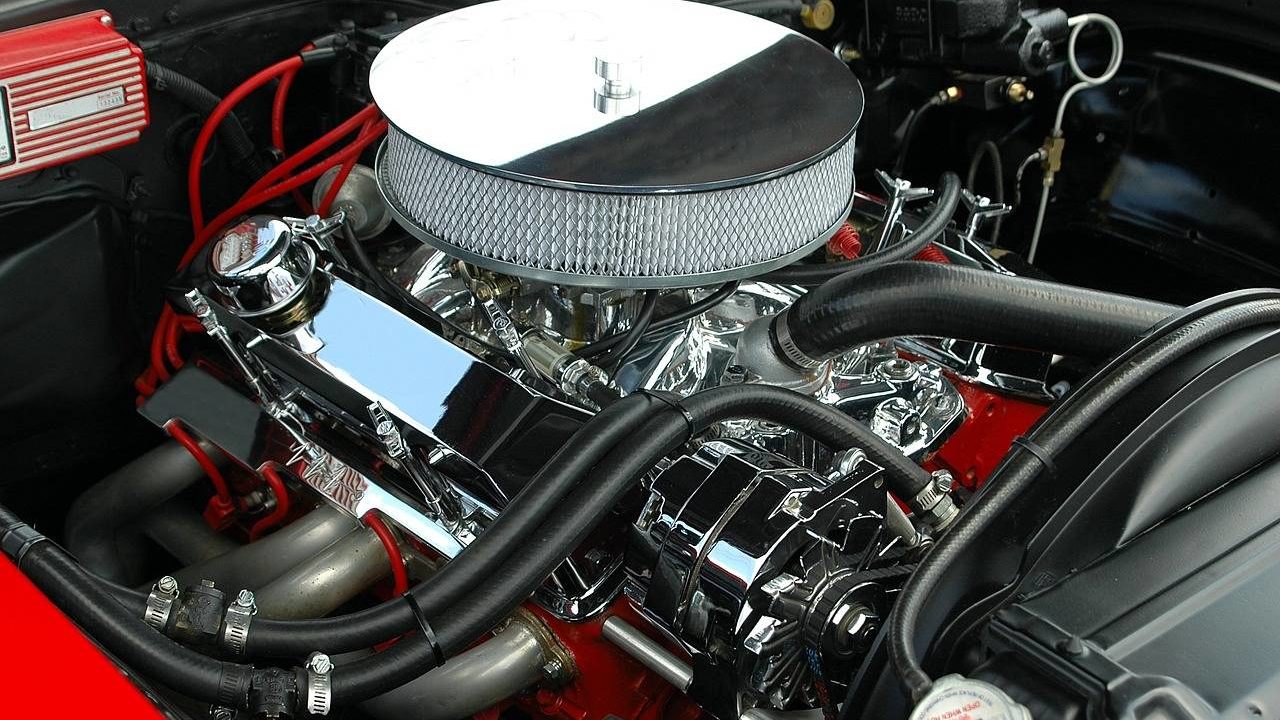
Carwatch for Automotive Suppliers
Vehicle manufacturers, often referred to as OEMs (Original Equipment Manufacturers), have immense treasures of data at their disposal. Not only their own development, production, simulation and test data (0km data), but also data from the subsequent use of the vehicles provide authorities, car dealerships and specialist workshops with numerous data.
The continuously increasing digitalisation of vehicles also puts OEMs in a position to store and evaluate data collected by control units. This means that manufacturers basically have enormous amounts of data from the life of a vehicle at their disposal. And the trend is rising: car manufacturers are now among the largest investors in data centres.
Transparency
Since the “diesel scandal” at the latest, confidence in car manufacturers has been severely damaged. And so private and commercial vehicle owners, professional service providers (garages, insurance companies and leasing companies), right up to the automotive suppliers are asking questions such as:
- Do we really know about all current recalls?
- Do we get the necessary information as early as possible, or only when it can no longer be avoided?
- Are all relevant facts about a process published, or is information withheld?
Comparability
If you want to find out more about a particular vehicle manufacturer, model or even year of model or even a specific production year, the publicly available information is generally a good source of information. However, if you want to question this information realistic comparisons, one quickly reaches the limits of such one-dimensional information. Instead, questions arise such as:
- Is the vehicle type of interest really so susceptible to faults, or can this be limited to certain assemblies/components?
- Do failures of certain vehicles have any correlations with vehicles from other manufacturers?
- Do the rankings for defects and recalls change when the horizon of observation is extended to include further markets?
Preview
Finally, it is of course always interesting to take a look into the future. If current and historical data are available in sufficient quantity and quality, mathematical-statistical methods can be used to make predictive statements about future behaviour. Although these are always associated with statistical deviations (variances), they nevertheless provide a solid planning basis for many activities. Especially in the professional environment, interesting questions can be clarified, such as:
- At what mileage does a vehicle owner have to be prepared for major repairs?
- What (real!) workshop and replacement cycles can a leasing company expect for its vehicle fleet?
- What financial provisions does an automotive supplier need to make to cover the risks of the coming 6 to 24 months?
